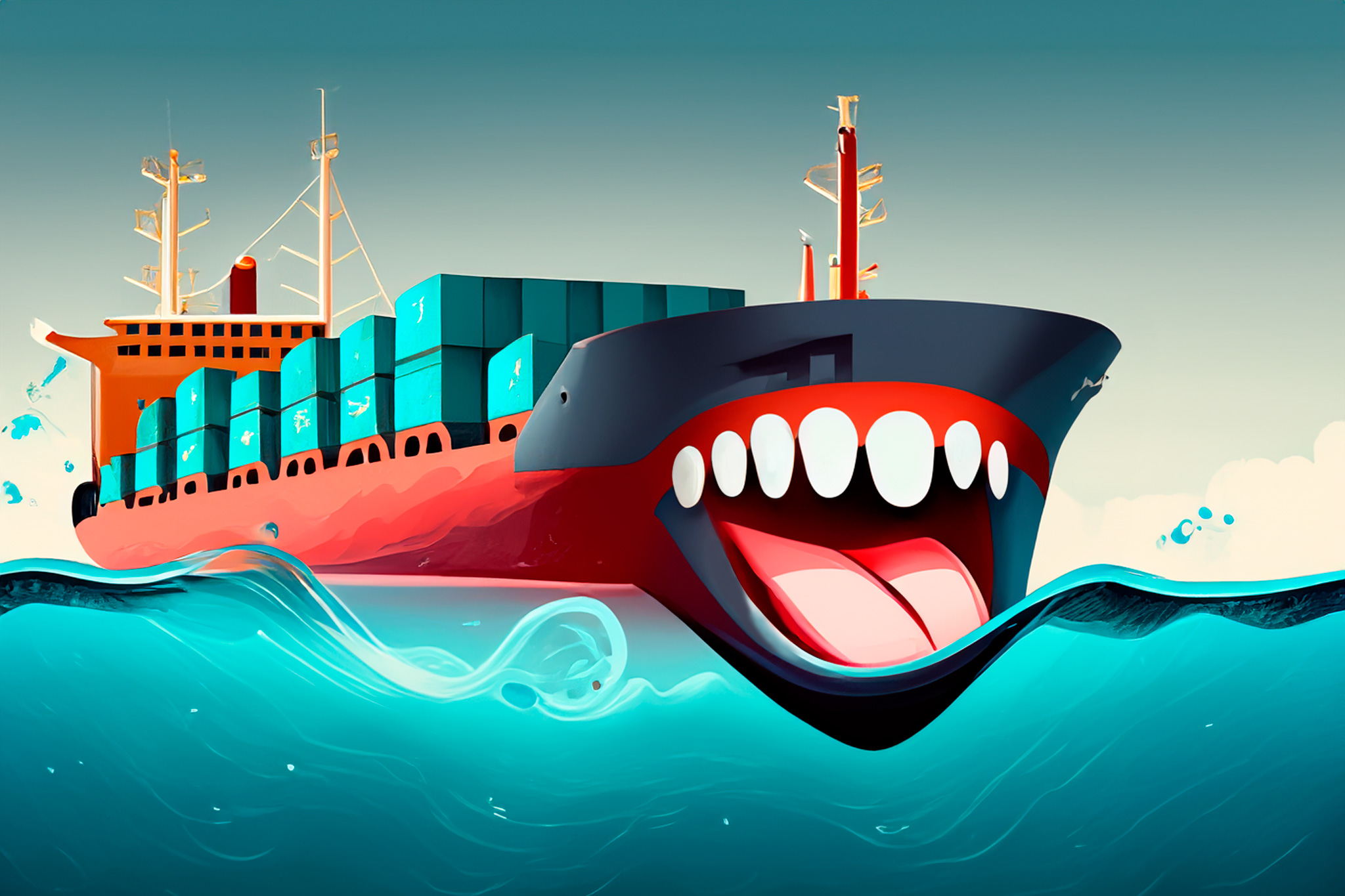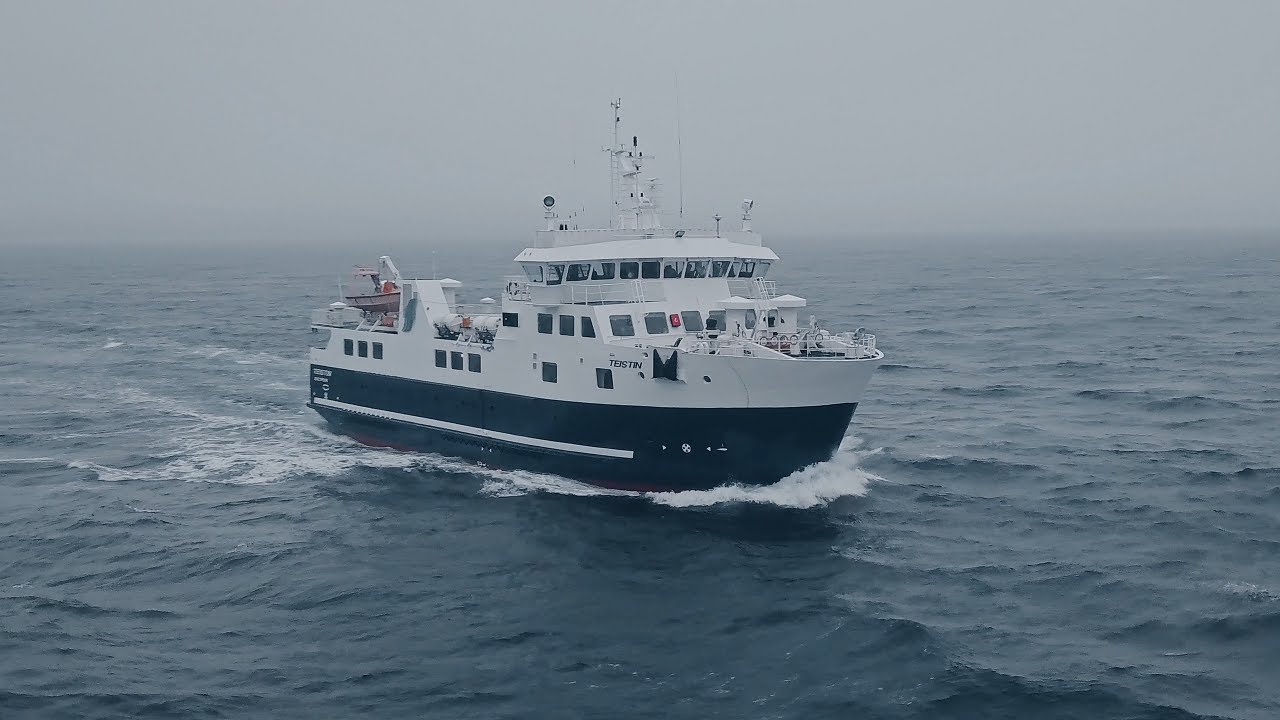Feature
Eating up the ocean: wave devouring propulsion
A new form of wave devouring propulsion could power ships while helping to cut greenhouse gas emissions in the maritime industry. Keri Allan investigates.

Researchers at Cranfield University are working on a new form of wave devouring propulsion (WDP) that could power larger ships and help reduce the use of fossil fuels in the maritime industry, in addition to its impact on the marine world.
This is because a wave devouring propulsion system (WDPS) operates at a lower frequency compared with traditional ship propellors, reducing underwater noise and the adverse effects of this on marine life.
WDP isn’t a new technology. The original concept actually dates back to the 1900s when – taking inspiration from the power of a whale’s fins – researchers discovered and demonstrated the ability to generate thrust from surrounding flows.
“The ocean waves have a tremendous amount of energy. As wave propulsion devices, foils can use the kinetic energy of the waves to achieve self-propulsion without fuel,” says Dr Liang Yang, a lecturer in marine renewable energy solutions at Cranfield University.
“An oscillating foil can extract wave energy and convert it to wave propulsion, which could potentially replace traditional propellers, enhance ship stability by significantly decreasing pitch and heave motion, and reduce ship resistance against waves,” he explains.
Submerged foils can be used in three ways to generate thrust – passive, semi-passive/active, and active. In passive mode, the flapping motion is entirely flow-induced, with foils often accompanied by springs to ensure the equilibrium position is restored, Yang explains. But while providing the least disturbance to the flow, their efficiency is the lowest of the options.
In semi-passive/active foils, either heave or pitch is subject to a forced trajectory while the other motion is induced by flow, and with active foils both heave and pitch motions are enforced, also known as ‘flap’. These make the latter the most efficient, but they can introduce more disturbance to the flow.
Proven WDP solutions
Today, wave-induced flapping foils are already being used to propel small, unmanned surface vehicles (USVs) up to three metres in size. Examples include the Wave Glider by Liquid Robotics, autonomous surface vehicles (ASVs) by AutoNaut, and the M/F Teistin by Wavefoil, equipped with retractable bow foils.
It was while analysing the foils used on USVs that Yang and his team realised that if designed properly, the WDP concept could be applied to larger shipping vessels. His team then began working on a new way of achieving greater thrust from the power of the waves using submerged flapping foils.
“Applying this technology to a much larger ship – say 30m-50m (98-164 feet), or even a 100m-long (328 feet long) cargo ship – is very different, and very challenging, We know we can convert wave energy into thrust, but we need to factor in the amount of drag this will also produce,” Yang notes.
“So, what we’re targeting with this project is the design of a system that helps us make the most of wave energy to create a viable propulsion system for these larger ships.”
The M/F Teistin has retractable bow foils installed, resulting in a fuel saving of 10% after three months of operation. Credit: Wavefoil/Youtube
Supported by funding from a UK Department for Transport (DfT) Transports Research and Innovation Grant, the team developed and integrated a simplified version of a whale’s tail fin action into a ship’s power system and began to investigate potential solutions.
Yang had come across many people working on active foil solutions, but as he says: “They’re not really related to the wave energy, are they?”
Therefore, his team researched the use of fully passive foils, conducting numerical studies, including high-fidelity simulations, and scaled laboratory testing of a fully passive hydrofoil in an open circulating wave tank at Cranfield University’s Ocean System Testing Lab.
This looked at the thrust force, hydrofoil’s pose, path, and advance displacement, with results so far showing that the use of a fully passive WDPS could reduce fuel consumption by 20% and improve vessel stabilisation. This research also enabled Yang’s team to develop an equation for predicting wave to propulsion forces.
Next-gen WDPS and combi-propulsion
“To date, we’ve invented a theoretical model that explains how and why WDP works, used computer simulations to predict and validate the behaviours of passive foils with the waves, and created a working model that we have tested in-depth. We have everything we need now to design this new technology,” Yang says proudly.
Of course, different types of ships will require their own passive hydrofoil designs to achieve optimum thrust, but the knowledge is now available to develop the correct solution for each, bringing WDP a step closer to reality for larger seafaring vessels.
Yang points out that WDPS isn’t a perfect propulsion system, namely that it’s reliant on the power of the waves – if you’re on quieter waters, then there’s less energy available to power the ship.
He believes the answer lies in combining a range of sustainable propulsion solutions to enable low, or no fuel power for our maritime vessels.
We have everything we need now to design this new technology.
“This WDP technology can be seamlessly integrated into hybrid propulsion systems, including those powered by electricity, hydrogen, or fossil fuels, which can help ship owners/operators to meet their carbon reduction targets and contribute to the shipping industry’s sustainable development goals,” he says.
“People talk about wind propulsion for cargo ships, and I’ve seen fuel savings of up to 30% from this cited in surveys. These kinds of technologies can easily be combined with wave propulsion. For wind power foils are fixed to the top of a ship, and for wave, we fix ours to the bottom. Combining the two could potentially cut fuel use by half!
“You could also combine our passive foils with active foil technology, so they kick in when the waves are quiet,” he adds. “Moving between passive and active foils dependent on the situation is something we’re also working on, and our next steps are to attract more funding and industry partners to trial such solutions.”
